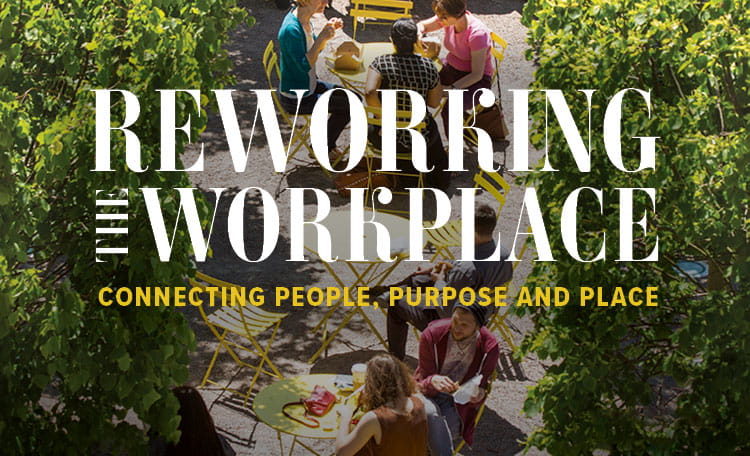Cushman & Wakefield gebruikt cookies om internetverkeer te analyseren en onze klanten de beste ervaring op deze website te bieden. Sluit het venster om uw toestemming te bevestigen, of ga naar deze pagina voor meer informatie:
Cookie Notice
These cookies ensure that our website performs as expected,for example website traffic load is balanced across our servers to prevent our website from crashing during particularly high usage.
These cookies allow our website to remember choices you make (such as your user name, language or the region you are in) and provide enhanced features. These cookies do not gather any information about you that could be used for advertising or remember where you have been on the internet.
These cookies allow us to work with our marketing partners to understand which ads or links you have clicked on before arriving on our website or to help us make our advertising more relevant to you.



.jpg?rev=6abc5b97f39b461487e20b442811f9fe)
.jpg?rev=5327a8805b6b4251bb421ea75d88bdc8)
.jpg?rev=42955496f2464da2b0914d3a127633c6)
.jpg?rev=acd3c86c458141979a5c4f01c3dc8a72)
.jpg?rev=568b1856a3454b1e9c60635db12aee69)

